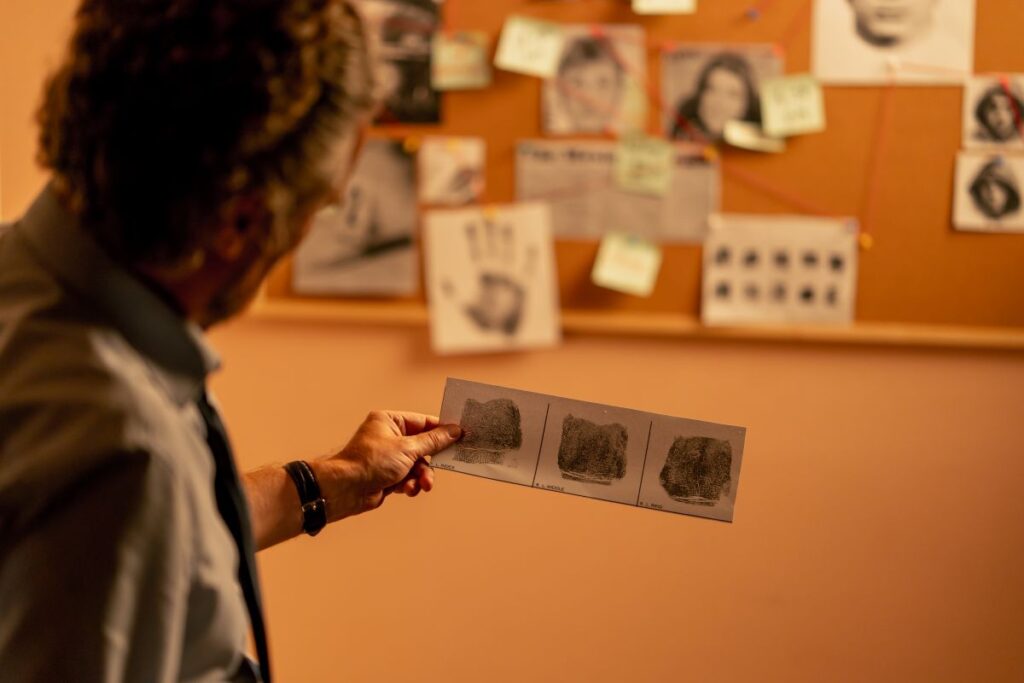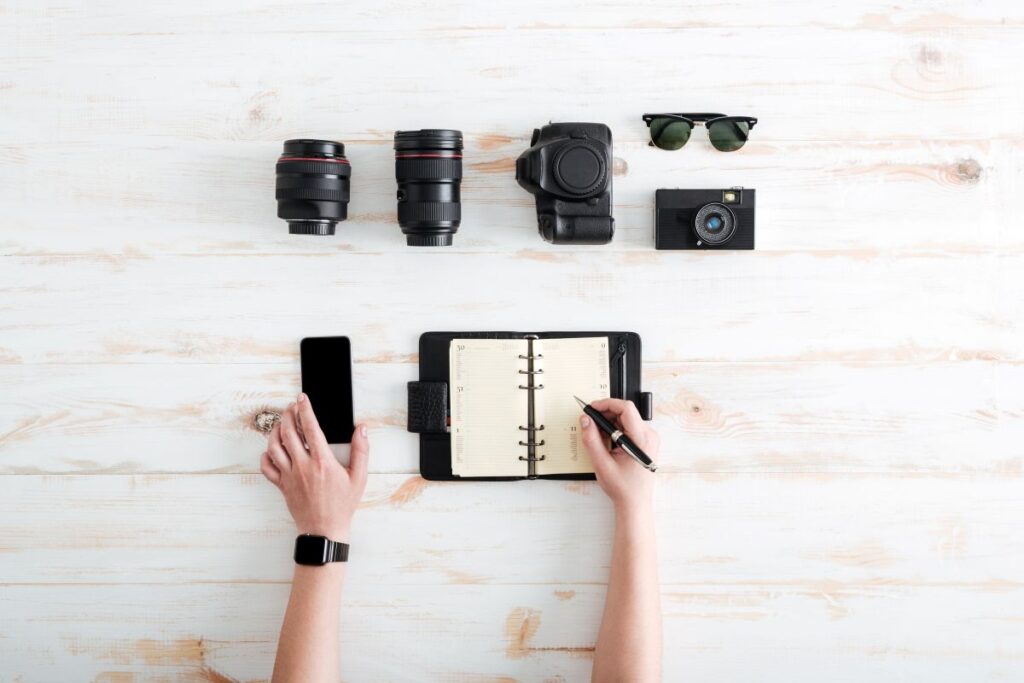Table of Contents
- Introduction — short case for photo inventory
- What is a photo inventory?
- Why photo inventory matters for insurance claims (5 big wins)
- How insurers view photo/video evidence — what they recommend
- Step-by-step: How to create a photo inventory that actually helps your claim
- Tools, apps and storage: best options for Calgary homeowners
- After a disaster: using your photo inventory during the claims process
- How Calgary Contents uses inventories during contents restoration
- Common mistakes people make (and how to avoid them)
- Free photo-inventory template & checklist (copy/paste)
- FAQ: short answers schema-friendly
- Conclusion & call to action
Introduction — short case for photo inventory
A fire, flood or other disaster is chaotic — and one of the hardest parts afterward is proving what you owned and what it was worth. A well-built photo inventory eliminates guesswork. It helps insurance adjusters confirm what you had, speeds up settlements, and ensures you get full value for restorable and replaceable items. For Calgary homeowners and businesses that rely on contents restoration companies to rescue sentimental and irreplaceable items, photo documentation is often the difference between a smooth claim and a long, stressful settlement dispute.
What is a photo inventory?
A photo inventory is a systematic, dated photographic record (often combined with receipts and notes) of all the contents in your home, condo, or business. It typically includes:
- Wide shots of each room (to show context and location).
- Close-ups of high-value items (jewellery, electronics, antiques) showing model/serial numbers.
- Photos of receipts, appraisals, or warranty documents.
- A video walkthrough (optional but powerful—captures many items quickly).
- An index or spreadsheet tying photos to item descriptions, purchase/estimated values, and file names.
Organizations that help Canadians prepare for disasters recommend visual records (photos/videos) as a best practice for home inventories. Keeping the record off-site (cloud storage or email) ensures it remains available if your home is damaged.
Why photo inventory matters for insurance claims (5 big wins)
- Proof of ownership and condition — A photo (or video) proves that an item existed in your home and what condition it was in before the loss. That reduces ambiguity when the insurer evaluates coverage.
- Faster claims processing — When you can hand an adjuster a dated inventory and supporting photos, the insurer can validate the loss quicker and issue payments or approvals sooner. Insurers say a complete inventory cuts administrative back-and-forth.
- Stronger settlement values — High-value items photographed with receipts, serial numbers and purchase info are less likely to be undervalued. A strong photo record supports replacement-cost or agreed-value claims.
- Avoids disputes over what was restorable — If you’ve documented items clearly, you and your insurer can agree faster about what can be restored (cleaned, deodorized, decontaminated) versus what must be replaced. This matters when contents restoration services perform pack-outs and restorations.
- Peace of mind & emergency planning — Beyond claims, inventories make it easier to prioritize evacuations and know what to save first. Red Cross and preparedness resources recommend keeping inventories updated and stored off-site.
How insurers view photo/video evidence — what they recommend

Major consumer and insurer resources in Canada encourage keeping an inventory with photos and receipts. The Insurance Bureau of Canada (IBC) recommends creating and updating a home inventory and offers sample spreadsheets to help Canadians list valuables. The federal Financial Consumer Agency also notes that home insurance exists to protect your belongings and that documentation helps with claims. Industry blogs (Aviva, RBC, etc.) repeat the same: a photo/video inventory helps both homeowners and renters.
What adjusters typically expect
- Clear, dated photos (camera/phone metadata is helpful).
- An item description and an estimated or purchase value.
- Receipts or appraisals for high-value items.
- Serial/model numbers for electronics and appliances when available.
- A room-by-room index or spreadsheet tying photos to item entries.
Bottom line: photos don’t replace receipts, but they multiply the credibility of your claim when used together.
Step-by-step: How to create a photo inventory that actually helps your claim
Below is a practical workflow you can complete over a weekend. The emphasis is on accuracy, consistency and off-site backups.
1. Plan your approach (one room at a time)
Start with the spaces that hold the most value: living room, master bedroom, home office, basement and garage. If time is short, prioritize: electronics, jewellery, designer goods, antiques, instruments and tools.
2. Use the right shots
- Wide shot (room context): stand at the doorway and capture the room so an adjuster sees where items were located.
- Mid shot (furniture/collections): shows groups of items (bookshelves, china cabinets).
- Close-up (detail): capture serial numbers, maker’s marks, labels, appraisals and receipts.
- Receipt/Document capture: photograph receipts on a plain background, include the date in the image if possible.
- Video walkthrough: a 30–90 second room walkthrough (steady, slow pan) is especially helpful when you have many small items.
3. Capture metadata
- Keep your phone’s GPS/time metadata on — it helps verify when photos were taken.
- Rename image files consistently:
room_item_serial_date.jpg(e.g.,living_epson_printer_SN12345_2025-09-01.jpg).
4. Record details in a spreadsheet or inventory app
Minimum columns:
- Room | Item name | Brand/Model | Serial # | Purchase date | Purchase price | Replacement cost estimate | Photo filename | Receipt attached? | Notes
A spreadsheet plus matching photo folder is simple and effective. Insurers accept PDF exports or shared cloud folders.
5. Back everything up off-site
Store a copy in cloud storage (Google Drive, iCloud, Dropbox) and email a copy to yourself or a trusted contact. Some homeowners keep a printed binder stored at a relative’s house — redundancy is good. Red Cross and preparedness guides recommend off-site copies.
6. Update annually or after major purchases
Set a calendar reminder each year (or when you make big purchases) to add new photos/receipts. This keeps your replacement values realistic.
Tools, apps and storage: best options for Calgary homeowners
You can build an inventory with only a smartphone and a spreadsheet — but if you want speed and automation, consider inventory apps or platforms designed for the job.
Popular approaches
- Spreadsheet + cloud folder (DIY): low cost, highly portable. Many insurers accept this format.
- Inventory apps: apps like Encircle, Sortly and others let you photograph, tag and export inventories in insurance-friendly formats. Encircle is widely recommended for creating room-by-room inventories quickly.
- Insurance/insurer tools: some insurers or brokerages offer inventory templates or apps. Check your insurer or broker for branded resources.
Storage tips
- Use at least two independent backups: one cloud copy and one off-site copy (e.g., emailed PDF or physical binder).
- Keep filenames simple and searchable.
- Export and save a PDF version of your spreadsheet annually.
After a disaster: using your photo inventory during the claims process

Here’s a practical timeline of how your photo inventory speeds the claims process after loss:
- Report the claim to your insurer — provide the core facts: incident, date, damage summary. Keep your claim number and adjuster contact info.
- Provide your photo inventory — upload or email the spreadsheet and photos, and notify your adjuster where the backups live. Well-organized photos let adjusters move directly to valuation rather than starting with interviews.
- Schedule contents pack-out / assessment — if contents need removal (pack-out) for restoration, your inventory helps the restoration provider and insurer agree on which items are restorable vs. unsalvageable. Calgary Contents and other restoration specialists use inventories to create itemized lists for insurers.
- Restoration vs replacement decision — documented photos + restoration provider reports lead to faster decisions about cleaning (ultrasonic cleaning, decontamination, odour removal) or replacement.
- Settlement — the clearer your evidence, the fewer follow-ups and the quicker your settlement or approvals for work.
Tip: Always provide digital photos in the highest quality available. If the adjuster requests originals or additional photos, respond promptly — responsiveness keeps your claim moving.
How Calgary Contents uses inventories during contents restoration
Calgary Contents specializes in contents restoration (pack-out, cleaning, repair and pack-back). When you already have a photo inventory, our technicians can:
- Quickly cross-reference your items with our intake list to ensure nothing is missed during pack-out and storage.
- Prioritize restoration methods: for textiles and heirlooms we might use gentle wet cleaning or ultrasonic cleaning; for odour problems we apply deodorization and odour removal protocols; for bio or hazardous contamination we apply decontamination procedures. These decisions are easier when the item’s identity and condition are documented ahead of time.
- Provide itemized restoration and replacement reports that align with your insurer’s expectations — reducing back-and-forth and speeding settlement approvals.
If you’re working with Calgary Contents after a loss, hand us your inventory (spreadsheet + photos) as part of your intake — it speeds our initial assessment and helps us protect irreplaceable items correctly.
Common mistakes people make (and how to avoid them)
Mistake 1 — Waiting until after a loss to document.
Don’t try to reconstruct what you owned from memory. Build the inventory before anything happens.
Mistake 2 — Low-quality photos / no metadata.
Blurry photos or images stripped of metadata (time/date) are less useful. Keep original files and avoid overly aggressive compression.
Mistake 3 — No receipts or supporting documents for big ticket items.
Receipts, credit-card records and appraisals bolster photos when determining replacement value.
Mistake 4 — No off-site backup.
If photos live only on a device that’s damaged or lost, they’re gone. Use cloud and an emailed copy.
Mistake 5 — Disorganized file names and missing links to the spreadsheet.
If photos aren’t named and tied to entries, adjusters may ask clarifying questions — costing time. Use consistent filenames and link them in your spreadsheet.
Free photo-inventory template & checklist (copy/paste)

You can copy this table into Excel/Google Sheets or your CMS:
| Room | Item description | Brand/Model | Serial # | Purchase date | Purchase price | Replacement estimate | Photo filename | Receipt (Y/N) | Notes |
|---|---|---|---|---|---|---|---|---|---|
| Living Room | Sony TV 65″ | Sony XBR-65X900H | SN123456789 | 2019-06-10 | $1,800 | $1,800 | living_tv_sony_SN123456789_2025-09-01.jpg | Y | wall mounted |
| Master Bedroom | Antique oak dresser | Unknown maker | — | 2005 | $400 (est) | $800 | master_dresser_2005_2025-09-01.jpg | N | family heirloom |
Quick checklist while shooting photos
- Wide room shot (one per room)
- Close-ups of high-value items (2–3 photos each)
- Receipts and serial numbers photographed
- Video walkthrough captured and saved
- Files renamed using
room_item_serial_date.jpg - Inventory spreadsheet exported to PDF and saved in cloud
FAQ (short — good for schema / featured snippets)
Q: Will a photo inventory guarantee a faster payout?
A: It won’t guarantee a specific payout, but a clear inventory with dated photos and receipts reduces questions and generally speeds the adjuster’s evaluation.
Q: Can I use my phone photos as evidence?
A: Yes. Modern phone photos (with metadata intact) are acceptable. Keep originals and avoid heavy compression.
Q: Should I photograph everything or only valuables?
A: Photograph everything if possible. If time is limited, prioritize high-value and sentimental items. Wide room shots capture many items at once.
Q: Does Calgary Contents accept customer inventories?
A: Yes. Providing your inventory speeds our intake, pack-out and restoration planning. Calgary Contents uses itemized lists during restoration and storage.
Conclusion & Call to Action
If you live in Calgary or Southern Alberta, a photo inventory is one of the most cost-effective steps you can take right now to protect your home, possessions and peace of mind. It reduces stress after a disaster, speeds insurance claims, and makes contents restoration — whether ultrasonic cleaning, deodorization, or decontamination — far more effective.
Next steps we recommend:
- Start today: pick one room and photograph everything (wide + close-ups + receipts).
- Save files using consistent names and back them up to the cloud.
- Share your inventory with your insurer and keep a copy for your restoration provider.
If you need help after a loss, Calgary Contents can work with your inventory to deliver a clean, documented pack-out and contents restoration — helping recover what matters most. Reach out to Calgary Contents and mention this blog for guidance on inventories, pack-outs and restoration options.

